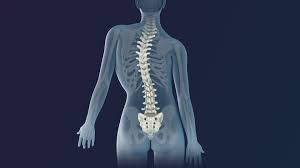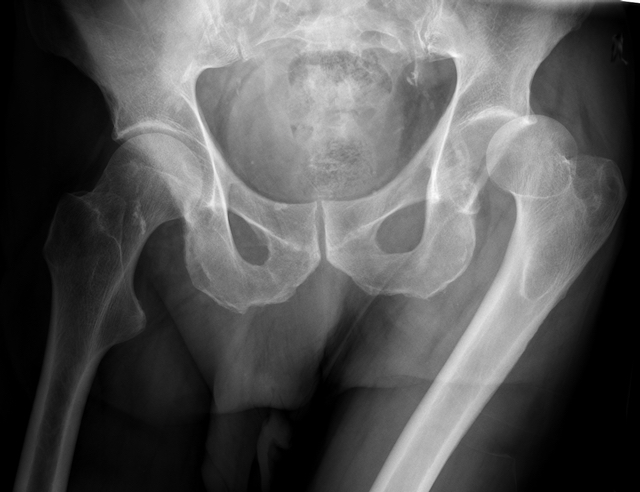Module 2: Movement
When Movement Doesn’t Develop Typically—Cerebral Palsy
A difference or injury to the developing brain can change motor development. Messages between the brain and muscles on the motor pathway can get crossed or interrupted. As a result, movement disabilities may develop.
The most common movement disability in childhood is cerebral palsy, or CP for short. Cerebral palsy is an umbrella term that describes a variety of forms of movement disability caused by an injury or difference in the developing brain. The brain changes are non-progressive which means they don’t get worse over time. However, as children grow, it can become harder to move against gravity which can have an impact on body structure and movement skills. Children with acquired brain injuries or some genetic syndromes may also have a brain-based motor disability that appears like cerebral palsy.
Muscle tone differences can also change the shape of bones over time. If muscles are constantly pulling on the spine asymmetrically, the bones will take on a sideways curved shape called scoliosis.
If hip sockets don’t get deepened by the actions of standing and walking, the hip joint does not develop fully into a ball and socket, and the alignment of the joint can start to shift. Hip displacement can become painful, but it is often silent. School physiotherapists are involved with the BC Hip Surveillance Program to monitor and prevent total hip dislocation and last resort salvage surgeries.
Even with preventative positioning and exercise, often surgeries and long courses of rehabilitation are necessary. This can mean long absences from school.
Cerebral palsy looks very different from one person to another depending on the impact in three dimensions:
- Type of muscle tone
- Body pattern distribution
- Level of motor function
In medical reports, you may see it described in these three dimensions. For example, spastic diplegic cerebral palsy, Gross Motor Function Classification System (GMFCS) level IV. You will now review each dimension in more detail.

Scoliosis

Hip joint issues